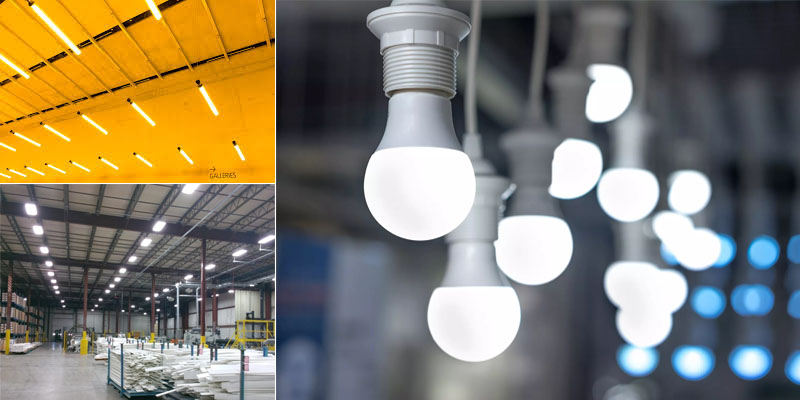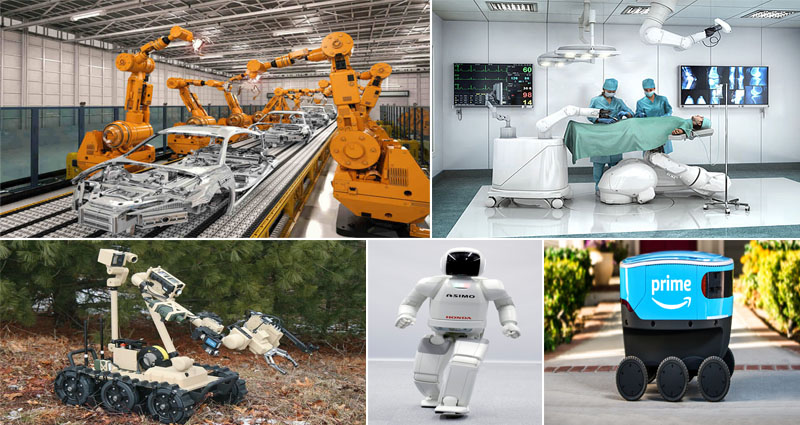Why You Should Invest In LED Light Technology
Over 30% of the energy needed to operate buildings is lighting. Lighting has a short payback, so it is also the first aspect to examine when considering energy efficiency upgrades. The reliance on traditional lighting systems, which are not energy efficient, is taking a backseat, with many homeowners and building management teams preferring to use highly efficient LED lighting systems.
LED light fixtures offer pure and bright light with beautiful designs and unique styles that make them the best illumination fixtures for any area. Furthermore, when you choose a LED lighting system from one of the leading smart lighting system manufacturers, LED iBond, you can customize your fixture to create the ideal light for your needs.
According to LED iBond, “Light is a factor that can make or mar a space as it has the ability to exponentially transform a space,” and true to the words of the … Continue reading >>>









